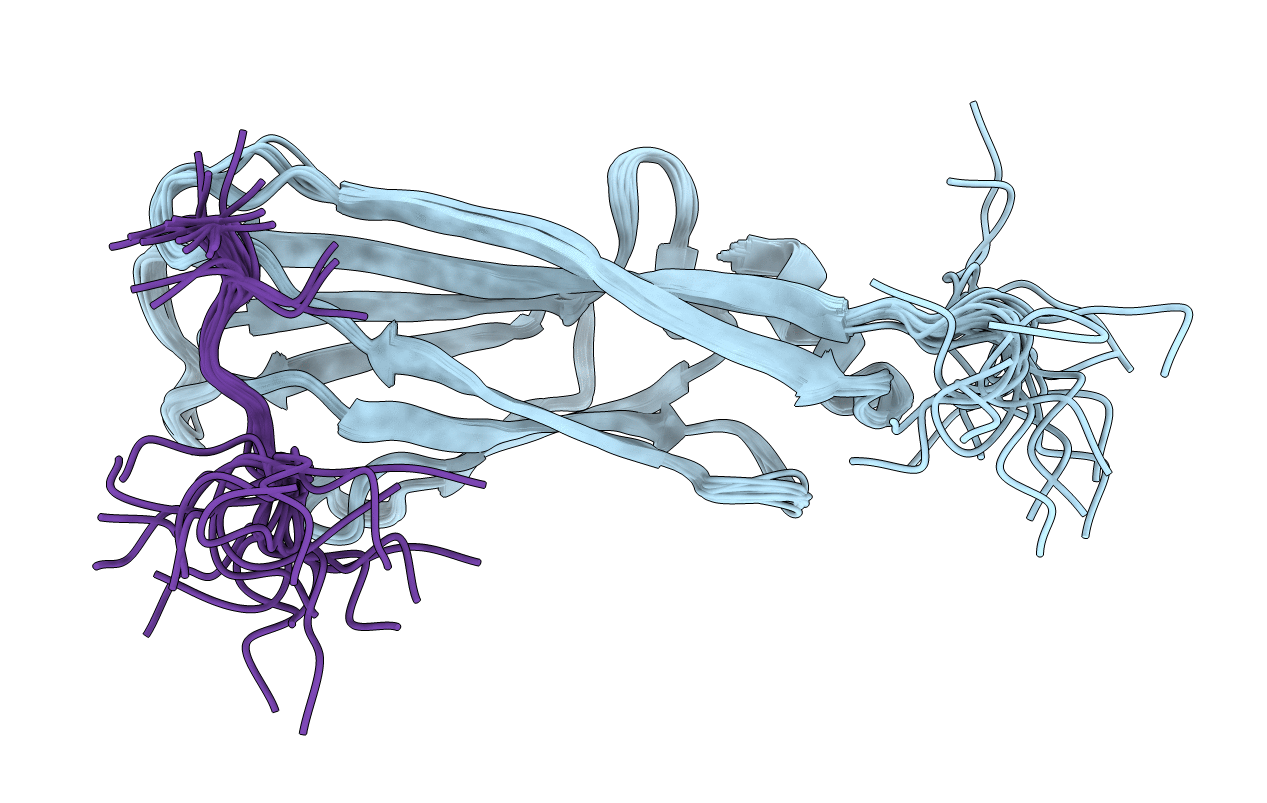
Deposition Date
2016-05-19
Release Date
2016-09-07
Last Version Date
2023-11-15
Entry Detail
PDB ID:
2NDG
Keywords:
Title:
Solution NMR structures of AF9 yeats domain in complex with histone H3 crotonylation at K18
Biological Source:
Source Organism:
Homo sapiens (Taxon ID: 9606)
Host Organism:
Method Details:
Experimental Method:
Conformers Calculated:
200
Conformers Submitted:
20
Selection Criteria:
structures with the lowest energy


